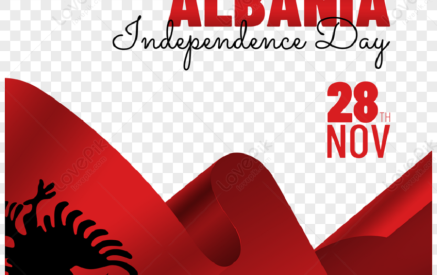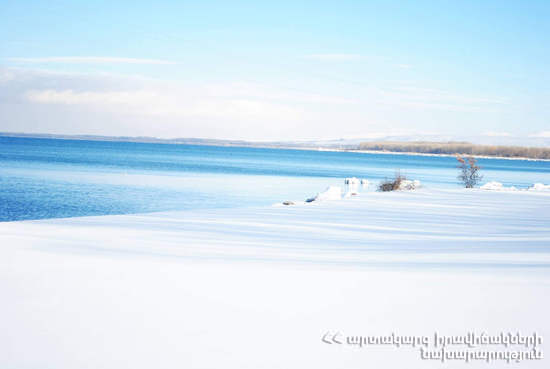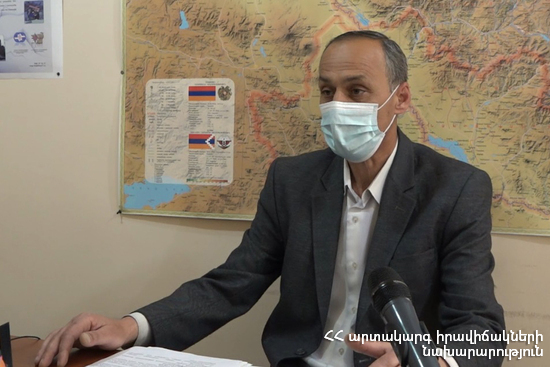Icy phenomena occupy the considerable place in Lake Sevan’s hydrological regime. The first icy phenomena were formed near the shore, from the beginning of November. Every year ice is formed in Sevan Lake, but the water is not always covered with widespread ice.
The ice on the lake is formed on the second half of January till February 15. In recent years, due to the use of water resources, the first glacial phenomena begins in 15-17 days earlier than it was formed on the natural level of the lake.
When the average air temperature is 5.6˚C below zero from December to February, and the duration without wind weather is 100 hours or more in February, then a widespread ice coverage is formed on the lake, which the lake released from in late March or early April.
The thermal regime of the lake has been changed lowering the level of Lake Sevan, heat resources have been lowered, which significantly affected the lake glacial regime, and if by 1947, the lake was covered with ice 5-15 times per year, (1890, 1905, 1921, 1926, 1937, 1949), then after 1948 it was covered with ice 1-7 times per year (91950, 1954, 1957, 1959, 1964, 1968, 1972, 1976, 1980, 1982, 1983, 1985, 1986, 1987, 1988, 1989, 1990, 1992, 1993, 1997, 2000, 2007, 2008, 2012).
Read also
According to historical data observations, the lake began to freeze on January 14, 2008, and later on February 28, 1959, moreover the longest ice cover was maintained in 1972 for about 85 days, with a maximum thickness of 40-45cm.
As conditioned by the weather peculiarities of 2017, the Great Lake was covered with ice from February 3, and the Small Lake was partly frozen (80-90%), and the thickness of ice reached 10-15 cm. Overall the widespread freezing of the lake has both positive and negative sides. The positive thing is that the vaporization is almost missing, which in February is 1.1 million cubic meters of water per day. The negative side is that the ice formed on the surface of the lake impedes the resolvability of oxygen in the water and the quantity of oxygen is lacking.
The RA Ministry of Emergency Situations urged the residents of coastal areas not to walk across the lake and not to drive a car, as the icy coverage capacity is not big and can lead to unpredictable consequences.






















































